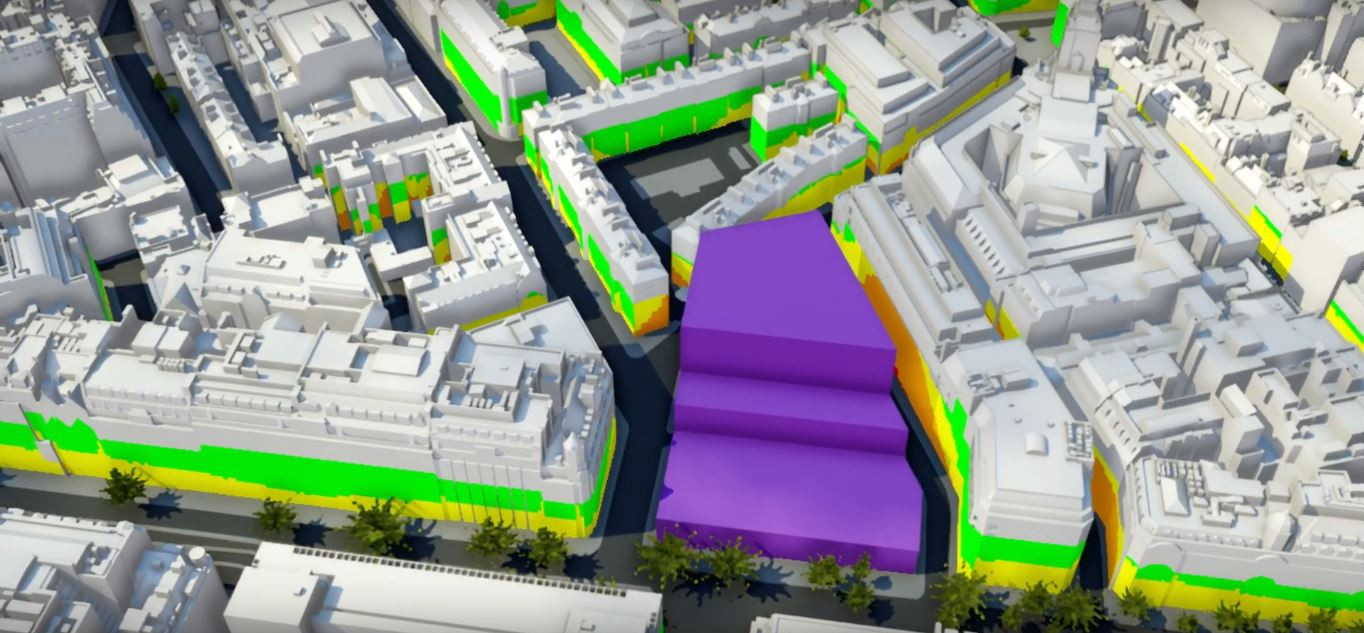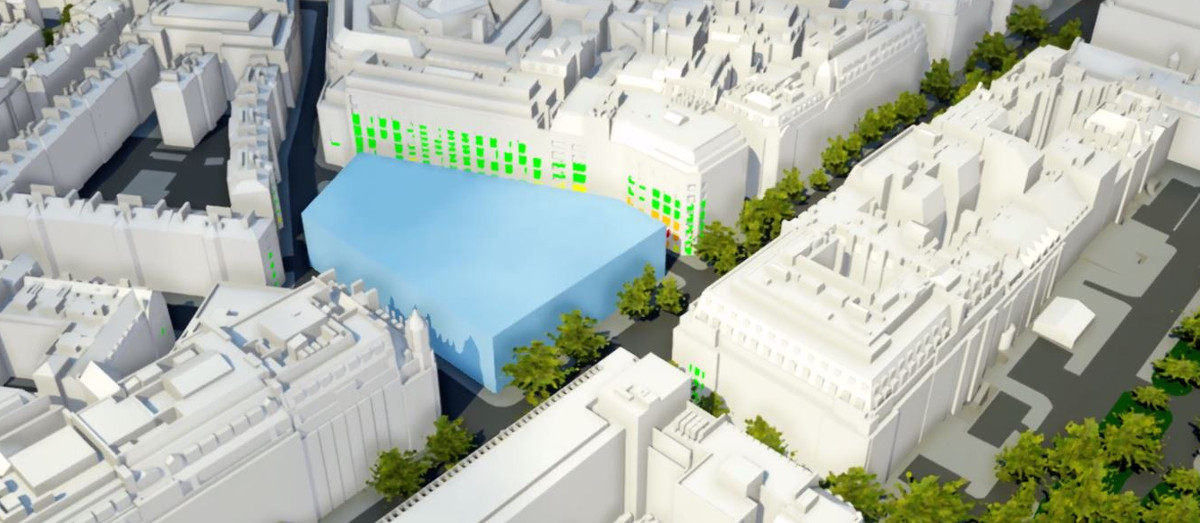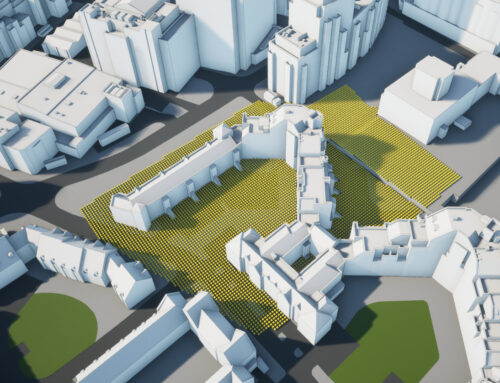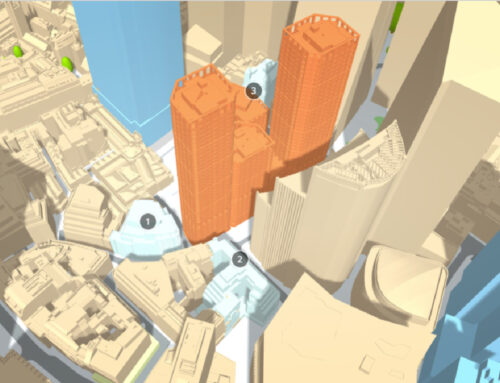In this short video Anstey Horne showcase their innovative use of our 3D model of London. As an AccuCities subscriber, Anstey Horne have access to the entire 3D city model dataset AND the back-end of the associated PC app. That enabled them to rapidly develop a set of custom, industry-specific tools that assist them in their daily activities.
Real PlanTech solutions in months weeks
“Investment in innovation and cutting edge technology in the property industry is not optional anymore, yet there are always risks associated with being pioneers.” argues Stephen Walsh, Anstey Horne’s Senior Director. “Organisations can often end up spending a lot of money on technology without a clear sense of what can be achieved and what the benefits are. That’s why the subscription package was so attractive to us – accurate 3D city models to add to our in-house archive, and a programmable app using Unreal Engine 4 meant that we could hit the ground running when developing our own bespoke tools. The customisation work done by our Research & Development team built on the existing app environment allowing us to quickly and efficiently deliver very effective tools. With minimal investment in additional research and testing we were able to develop a live VSC calculator that assesses the daylight impact of different massing options, and a VSC façade mapping tool to provide alternative assessment criteria.”

The power of Unreal Engine 4
Plan.City app that comes as part of AccuCities subscription package has been built using Unreal Engine 4. This game engine powers smooth running of a large 60 square kilometers dataset but also allows developers to create tools to exploit the model. It can be connected to databases and its blueprint system means that once a general tool is developed it can be adjusted to perform custom tasks.
“We work closely with our subscribers to develop their custom tools and it is always an enjoyable and challenging experience.” says Brais Brenlla Ramos, AccuCities Lead UE4 Developer. “But it was especially interesting to work with Rahul Parmar and his team at Anstey Horne. They could see immediately which tools could be tweaked to do what they had in mind. They proposed how results could be connected to a database, rewritten and displayed in real time. The amazing thing was that only a few years ago, these tools would have to be developed by large teams with budgets to match. Today, it’s possible to develop them in-house by guys for whom Unreal Engine is not even their day job. How cool is that?”
Very cool.
PDF Version: Anstey Horne’s innovative use of 3D model of London




